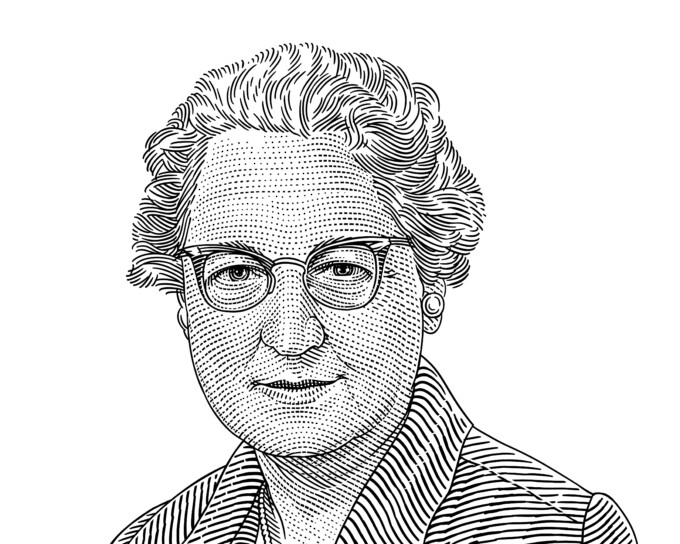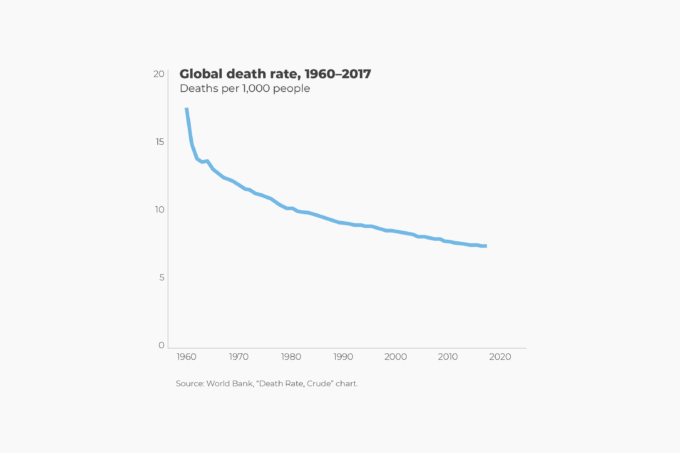Demographers estimate that in premodern societies, out of every 1,000 babies born, about 300 died before reaching their first birthday. Most of those infants succumbed to infectious diseases and malnutrition.
By 1900, infant mortality rates had fallen to approximately 140 per 1,000 live births in modernizing countries, such as the United Kingdom and the United States. Infant mortality rates in the two countries continued to fall to about 56 per 1,000 live births in 1935 and down to about 30 per 1,000 live births by 1950. In 2017, the UK and U.S. infant mortality rates were, respectively, 3.8 and 5.9 per 1,000 live births. Since 1900, in other words, infant mortality in those two countries has fallen by more than 95 percent.
In the past few decades, infant mortality rates have been falling steeply in the rest of the world. The World Health Organization estimates that the global infant mortality rate was just under 160 per 1,000 live births in 1950. By 1990, the agency reports that the global infant mortality rate had dropped to 64.8 per 1,000 live births. In 2017, the global infant mortality rate was down to 29.4 per 1,000 live births, about the level of the United Kingdom and the United States in 1950.
Vastly fewer babies are dying today, because rising incomes have enabled more people to take advantage of improved sanitation and nutrition and more countries to devote more resources toward better educating mothers. Access to modern medicine, including childhood vaccinations, is a major factor in falling infant mortality rates. In 2015, the United Nations adopted a set of Sustainable Development Goals, including reduction of the global infant mortality rate to 12 per 1,000 live births by 2030.








